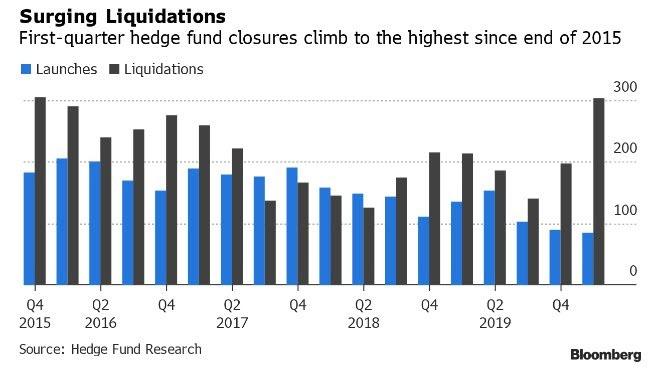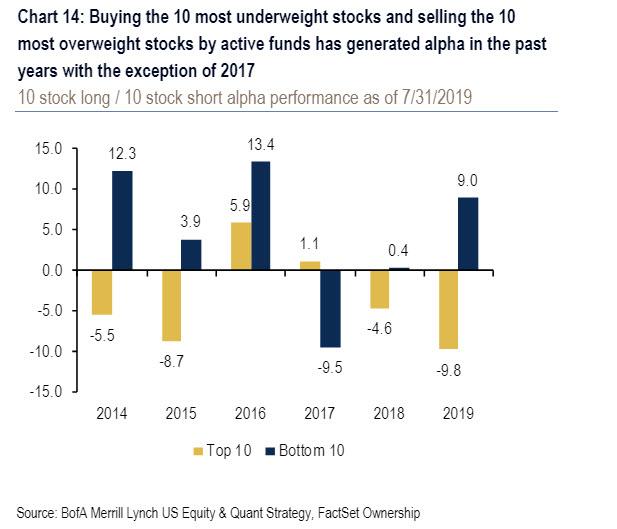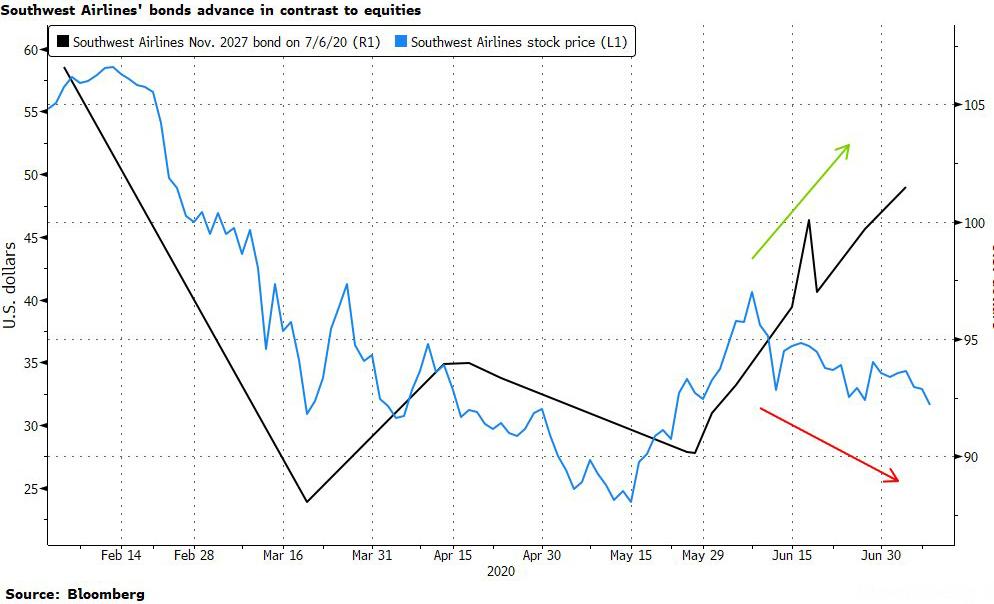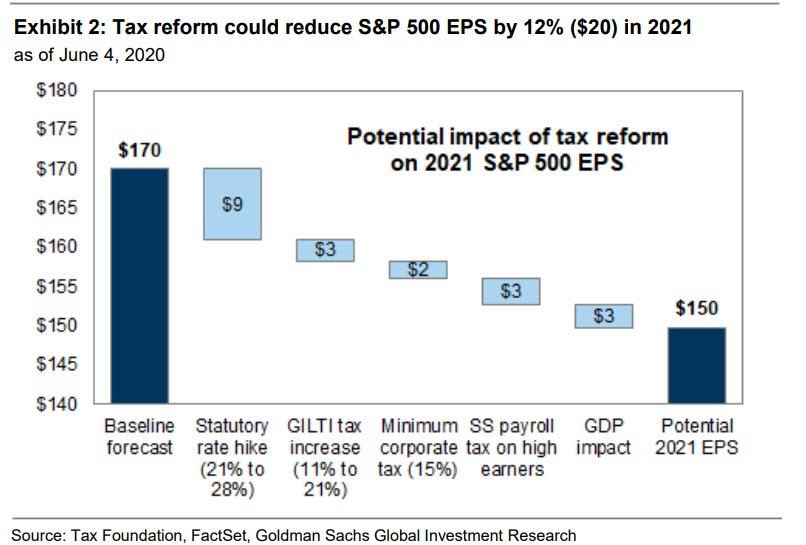How A $6 Billion Hedge Fund Steamrolled The Competition By Frontrunning The Fed
Tyler Durden
Fri, 07/10/2020 – 12:44
Following ten years of dismal performance (“oddly” starting with the outlawing of insider trading platforms known as “expert network”), 2020 has been another dire year for the 2 and 20 crowd, with more hedge funds going of business during the first three months of 2020 than at any other time since 2015 as the coronavirus led to heavy losses and investors pulled out billions in assets.
Yet in some ways we find it bizarre that so many investing professionals are finding it so difficult to create alpha in this environment, where two strategies continue to work like clockwork.
The first one, as we first presented here seven years ago, has been doing the opposite of the fund management crowd, and going short the most beloved names, and buying the most shorted names. None other than BofA confirmed what we first said almost a decade ago, namely that “buying the 10 most underweight stocks and selling the 10 most overweight stocks by active funds has generated alpha in the past years with the exception of 2017.“
The other strategy is even simpler: just do what the Fed is doing, and ideally front run it as the world’s biggest asset manager Blackrock said it would do going forward, much to the chagrin of expert strategists everywhere whose job has been reduced to simply anticipating what asset class Jerome Powell & Co. will buy next.
A good example of the latter strategy is the venerable UBS O’Connor hedge fund, which steamrolled most of its peers in the first half with relative-value trades that shorted pandemic-struck stocks while going long bonds, and which as Bloomberg reports “is now pouncing on the market’s next dislocations.”
The $6.1 billion fund – which is UBS asset management’s direct investing hedge fund business, and became available to outside investors in June 2000 – gained 11.5% through the end of June, while its relative value peer group lost 5.1% over the period, according to Hedge Fund Research. The fund returned 9% last year.
How did the UBS fund do so well where others suffered? As Bloomberg explains, the UBS team engaged in classical relative value pair trades, such as selling the stock of an airline while buying its credit. That paid off handsomely once the Federal Reserve backstopped corporate bonds by directly purchasing them in the open market and stoked a rally that’s lifted the credit of the riskiest companies which are foundering in an uneven stock recovery.
“We aggressively grossed up risk across all our credit strategies as the Fed embarked on its monetary policy support program,” Kevin Russell, the New York-based chief investment officer of the UBS O’Connor fund, said in a phone interview. “Trades in credit versus equity in distressed corporates was a significant driver of performance,” he said, without detailing returns.
In other words, all one had to do to generate impressive first half returns was to frontrun the Fed’s purchases of bonds.
What about the second half? According to Bloomberg, the UBS team is focused on risks stemming from the U.S. election. Fund CIO Russell, who ran Citigroup global equity trading desk until 2015, sees the possibility of a Democratic sweep and a regime of higher taxes knocking 10% to 15% off S&P 500 earnings, echoing what Goldman’s clients have been concerned about.
“The U.S. election is a very obvious and large risk that’s standing out there,” Russell said. “That’ll be a big story, probably in September, and that’s what we’re focused on.”
More recently, Russell has been grabbing bonds going cheap on the new-issue market, where the riskiest U.S. companies have borrowed more than ever in June.
“Routinely we see individual bonds that look very attractive relative to other bonds, and usually it’s just a function of the liquidity and issuance, and it’s been a big source of our returns,” the CIO said.
![]()
Zero Hedge’s mission is to widen the scope of financial, economic and political information available to the professional investing public, to skeptically examine and, where necessary, attack the flaccid institution that financial journalism has become, to liberate oppressed knowledge, to provide analysis uninhibited by political constraint and to facilitate information’s unending quest for freedom. Visit https://www.zerohedge.com



